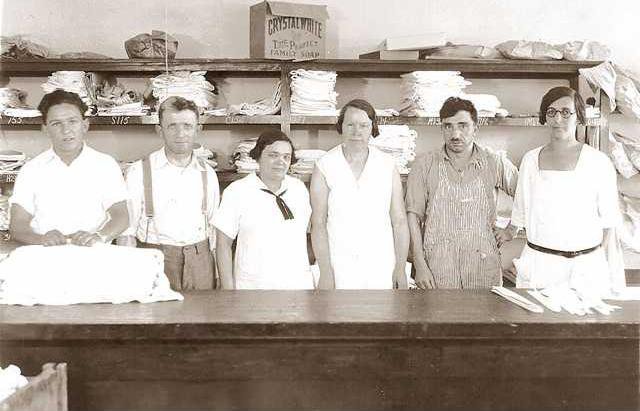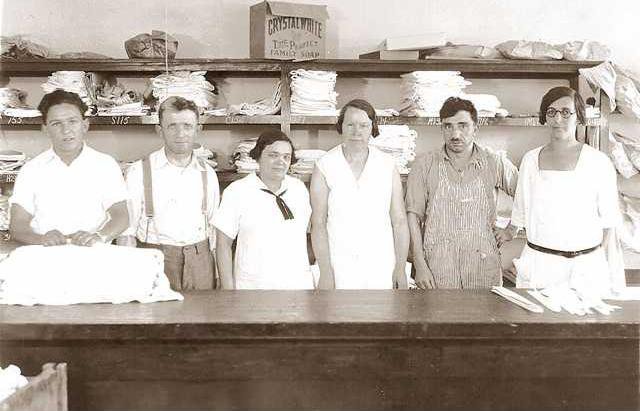The Manteca region’s biggest growth spurt wasn’t in 1985 when 1,400 new homes bought by a tidal wave of Bay Area
Transplants prompted the establishment of the 3.9 percent annual growth cap tied to sewer allocations.
The biggest year of growth was not driven by commuters but by farmers.
It was 1917. People were being lured by the transformation that the South San Joaquin Irrigation District had made of the region. The district, founded in 1909, had actually started delivering irrigation water in 1913. It quickly changed what was once considered farmland ideal primarily for alfalfa and wheat into one of the most fertile and bountiful growing regions in California.
The Christmas census in 1916 tabulated 567 residents living in the Manteca town site and in close proximity. Six months later, the population hit 1,250 as a great land rush of sorts was underway with farmland — depending upon its access to irrigation water — selling for $80 to $130 per acre. Advertisements boasted “no tract of land more than three miles from railroad.”
By Sept. 15, 1917 the population had swelled to 1,250. It was pushing 1,300 people by Christmas 1917 to translate into an annual growth rate just under 130 percent.
The growth, though, was primarily on farms although the town site itself would swell to 200 people by the time incorporation occurred in May of 1918.
There were 120 homes built in the Manteca area in 1917 to shatter all previous records.
And unlike in modern time when residential growth took place first and then a commercial surge several years later, the two sectors grew simultaneously.
It was arguably the biggest retail growth period in Manteca history in terms of percentage of growth of commercial space including this year with about two thirds of the 767,000-square-foot Promenade Shops at Orchard Valley either underway or completed. There was 621 running feet of street frontage on Yosemite Avenue built in the first half of 1917 with town boosters noting, “it was all built in modern brick.” That nearly doubled the commercial space in Manteca.
The 10 buildings cost $122,500. That’s $110,000 less than what just one median priced existing home is selling for these days in Manteca.
Several of those building are still standing today including the two-story Pezzoni & Wells Building that was built at a cost of $16,000 and now houses Tipton’s at West Yosemite and Maple avenues.
The construction figure didn’t include the $2 million Spreckels Sugar factory or the $25,000 addition to the Manteca Cannery. For comparison, the Bass Pro Shops structure cost $20 million to build.
The Manteca Tobacco Shop owned by Jimmie Brawley was the transit hub of the day. They offered 16 jitney trips each way daily to Modesto and Stockton on the Red Star Jitney Line.
There wasn’t a car dealer in town, but Superior Motor Co. of Stockton was advertising in the Manteca Enterprise a Saxon Six — a big touring car for five people — that “you will find the same careful and workman-like attention that is characteristic of the higher priced cars” for $995.



